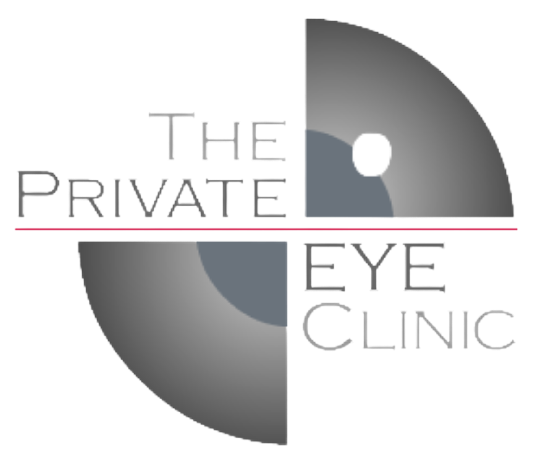
Adjustable Sutures in Strabismus Surgery- Guidelines to Patients
-
General Information
With the usual types of strabismus surgery, the eye muscles are sutured into fixed positions, and the adjustment of eye position is largely completed during the operation.
The use of adjustable sutures extends the opportunity to adjust the eye muscle position to the time when the patient is awake and allows a "second chance" to obtain the best eye alignment sometime after the surgery. The major surgery is done while you are asleep, then you have a second small "fine-tuning" procedure done soon after while awake.
In general, adjustable sutures are considered if the predictability of the surgical effect of surgery is not as predictable as it usually is. This might be the case because you have had many previous surgeries and there is a lot of scar tissue or because the anatomy looks a bit "weird"
-
What You Can Expect
When you wake up from the surgery, you will have the sutures that have come from the eye muscle taped to your upper and lower eyelids. You will be using cortisone eye drops and icepacks for pain relief and to lessen irritation and swelling.
The morning after the surgery you will be examined. I will intensively anaesthetise the front of the eye with anaesthetic drops so that you do not feel any pain during the subsequent manipulations. You will feel some pulling and movement, but no pain.
More than half the time the eyeball position is correct and no manipulations are required. In this circumstance, the sutures are tied and you can then go home soon after.
When manipulation is required, the sutures will be pulled or loosened as required to adjust the eye position. Sometimes this is done several times. If at any stage the procedure begins to hurt, just say "STOP" and I can stop within a second!, and put more anaesthetic drops in before resuming. Once the adjustment is complete, the sutures are tied and you can then go home. The whole procedure usually takes 5-15 minutes.
-
Problems with Adjustable Sutures
1. Rarely, it becomes impossible to do a suture adjustment because the muscles have stuck down (especially after previous surgeries), the patient is too scared, etc. In these rare circumstances, it may be necessary to return the patient to the operating theatre for suture adjustment under general anaesthetic.
2. Because there is more suture material used with this technique than with non-adjustable suture techniques, the eyes will be redder and irritable for longer - up to 2-3 weeks is fairly typical. If the knot is irritating, it can be cut out at about ten days.
Overall, using adjustable suture technique roughly halves re-operation rates in "difficult" strabismus surgery and may be recommended for your surgery.
